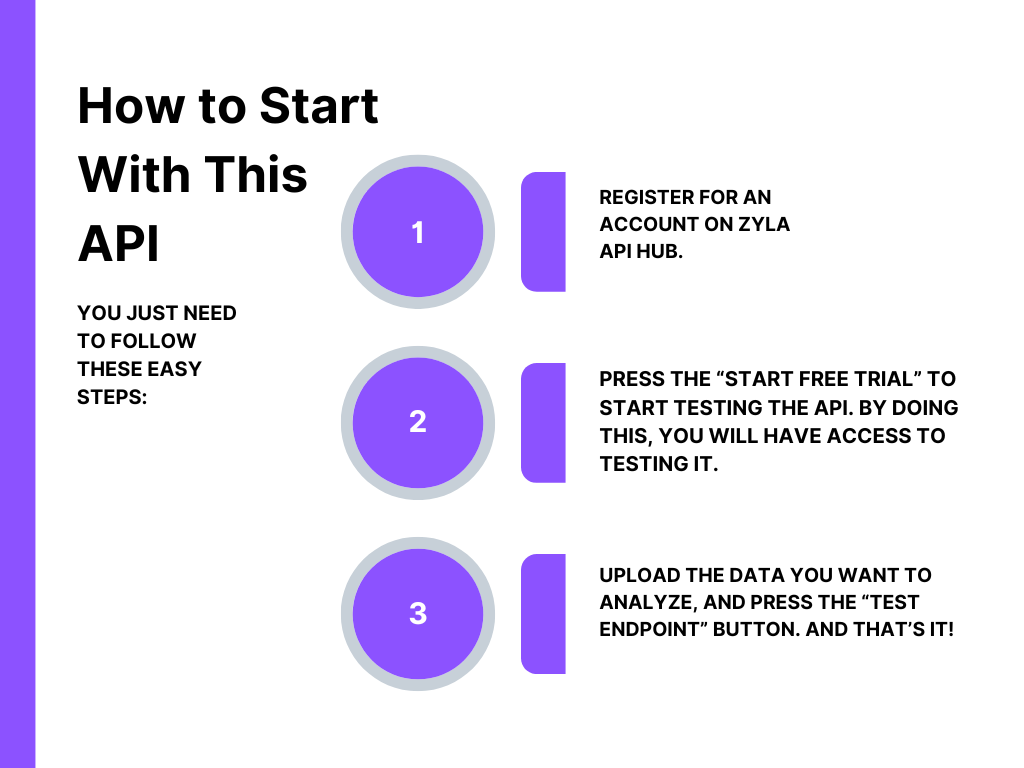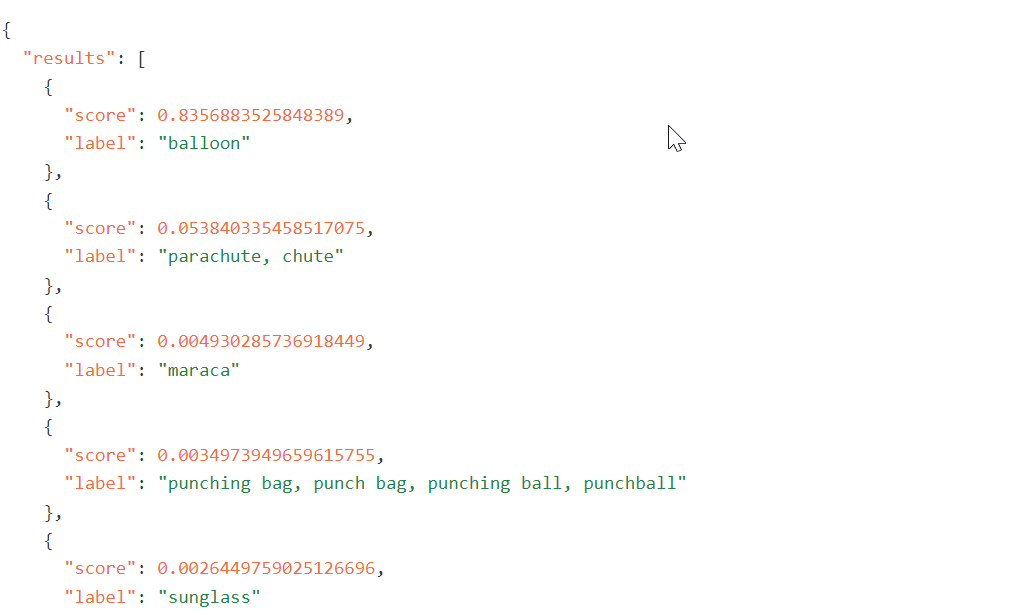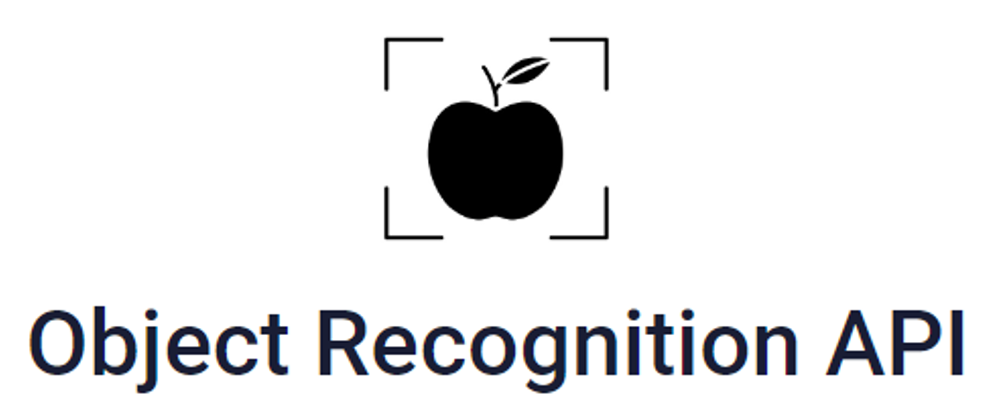In today’s digital age, visual content has become an integral part of communication and information sharing. Images not only capture moments but also convey vast amounts of information. With the proliferation of images on the internet, the challenge arises: how can we efficiently search and organize this visual data? This is where the Object Recognition API steps in, revolutionizing the way we interact with images and making them more searchable than ever before.
What Is The Object Recognition API?
The Object Recognition API represents a remarkable breakthrough in the field of computer vision and artificial intelligence. Developed with advanced machine learning techniques, this Image analysis API empowers applications to recognize and categorize objects within images. Imagine a scenario where you have a vast collection of images, whether for personal use, business, or research. Manually sifting through them to find specific objects can be a time-consuming and daunting task. This Image analysis API can swiftly and accurately identify objects in images, allowing for efficient organization, searchability, and enhanced user experiences.
Unleashing the Power of Object Recognition API
At the heart of the Object Recognition API lies a complex network of algorithms and models that have been trained on massive datasets containing a diverse array of images. This training equips the API with the ability to recognize an extensive range of objects, from everyday items to more specialized subjects. By leveraging deep learning techniques, this Image analysis API can identify objects in various contexts, scales, and orientations, making it a versatile solution for different industries and use cases.
One of the standout features of the Object Recognition API is its real-time processing capabilities. Applications integrated with this API can provide instantaneous feedback to users about the objects present in the images they upload. For instance, e-commerce platforms can utilize this API to enable users to search for products using images rather than keywords. This not only streamlines the search process but also enhances user engagement and satisfaction.
The Object Recognition API fundamentally transforms how we organize and interact with visual data. With its ability to tag and categorize images automatically, businesses can build robust image databases that facilitate efficient retrieval for marketing campaigns, presentations, and more. This automated tagging not only saves time but also reduces the risk of manual errors that often arise from human tagging.
If You Want To Start With This API, Follow These Steps

You can check out this API’s operation by running the test that ensues. You can view the score of the recognized objects after submitting a snapshot of balloons to the test endpoint in this scenario.

In a world inundated with images, the Object Recognition API offers a lifeline for those seeking to navigate and harness the power of visual content. Its exceptional ability to identify and categorize objects within images ushers in a new era of searchability and organization. Whether for e-commerce, education, creative endeavors, or personal collections, the API’s impact is far-reaching and transformative. As technology continues to advance, we can anticipate even more sophisticated iterations of the Object Recognition API, further solidifying its role in reshaping the way we interact with images.
In essence, the Object Recognition API bridges the gap between the visual and digital realms. It transforms images from mere static pixels into dynamic, searchable entities, enriching our digital experiences and unlocking new possibilities across industries. As we move forward, embracing and integrating the Object Recognition API into various applications will undoubtedly lead to more efficient workflows, increased accessibility, and a deeper understanding of the visual world that surrounds us.



